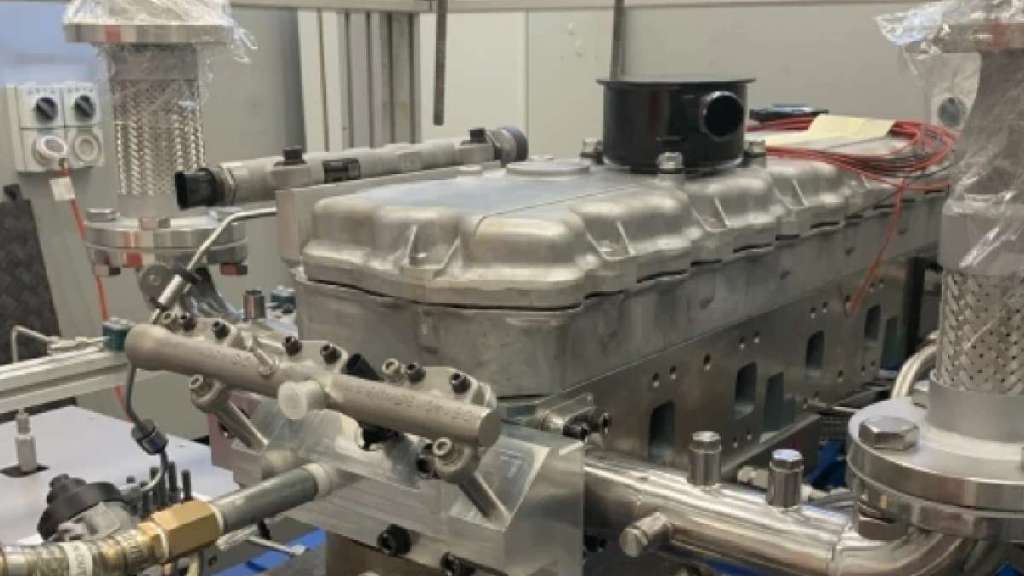Revolutionizing India's Vehicle Fleet: Retrofitting with Hydrogen Technology
Key Ideas
- UNSW researchers have developed a retrofit system enabling engines to run on 90% hydrogen, reducing emissions and increasing efficiency by 26%.
- The retrofitment allows businesses to cut emissions without discarding old machinery, offering a sustainable solution.
- The system includes a unique hydrogen injection technique to reduce nitrous oxide emissions and is part of India's eco-friendly mobility plans.
- Commercialization plans are underway targeting fleet and generator operators, with other brands developing innovative retrofitment kits as well.
India's plan to transition older vehicles to clean fuel technology includes a groundbreaking advancement by UNSW researchers. They have created a retrofit system that can operate on 90% hydrogen, cutting carbon dioxide and nitrous oxide emissions while enhancing efficiency by 26%. This system, currently in early stages, allows businesses to reduce emissions without disposing of valuable assets. By introducing hydrogen directly into the engine with independent injection timing control, the system efficiently utilizes low-quality hydrogen. Through a stratified hydrogen injection technique, the system can create varying concentration pockets within the engine, effectively reducing nitrous oxide emissions. These efforts align with India's push for eco-friendly mobility and hydrogen processing. UNSW aims to commercialize the retrofit kits, catering to fleet and generator operators. Additionally, other brands like HYDI are developing innovative solutions, such as a Direct Injection Device that generates hydrogen while driving, reducing fuel consumption by 5–13% and requiring only water top-ups for operation.
Topics
India
Clean Energy
Emissions Reduction
Government Initiative
Technological Advancement
Infrastructural Development
Business Sustainability
Efficiency Boost
Retrofitment
Latest News
